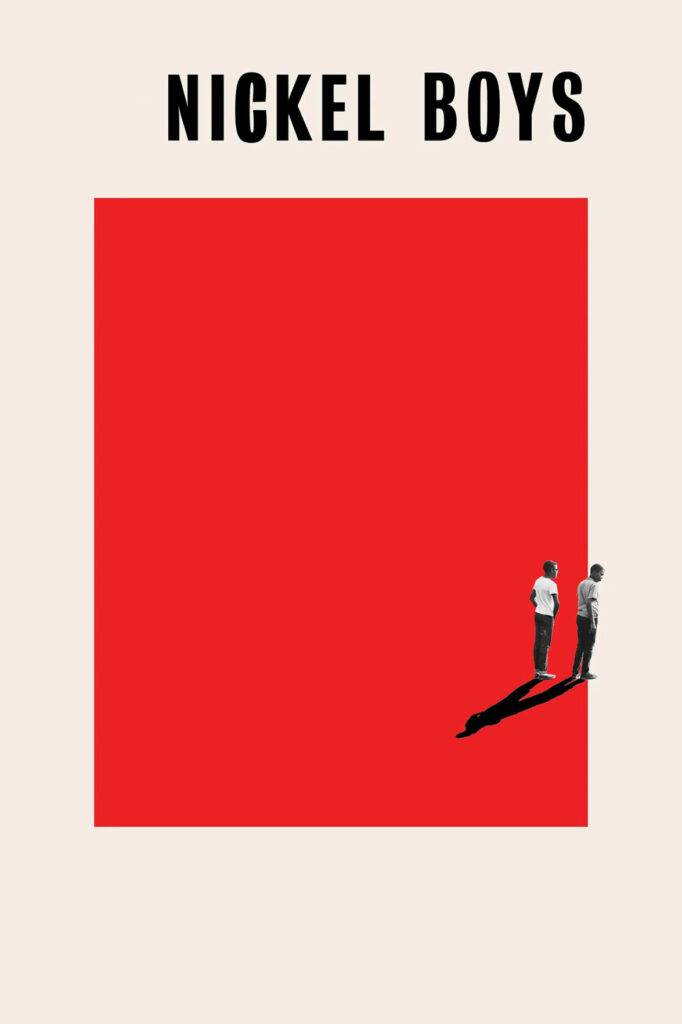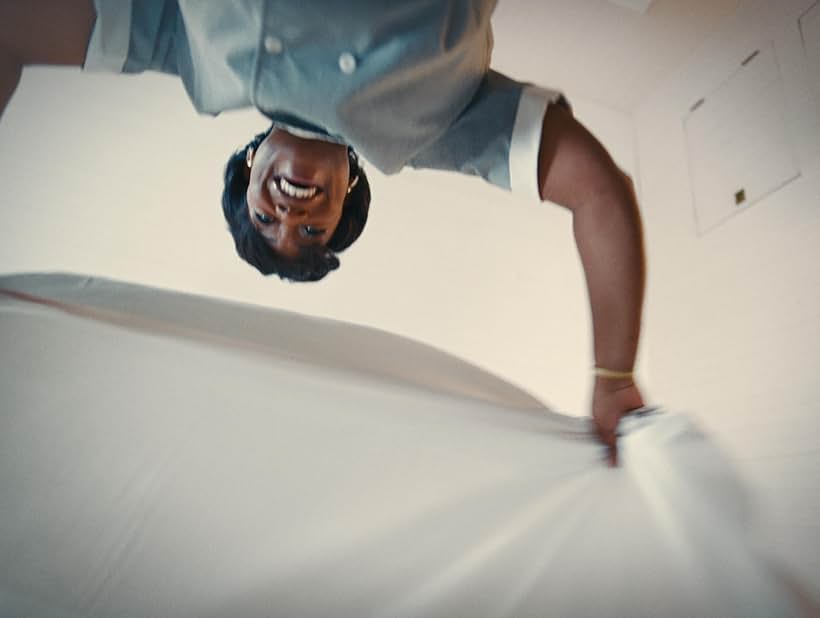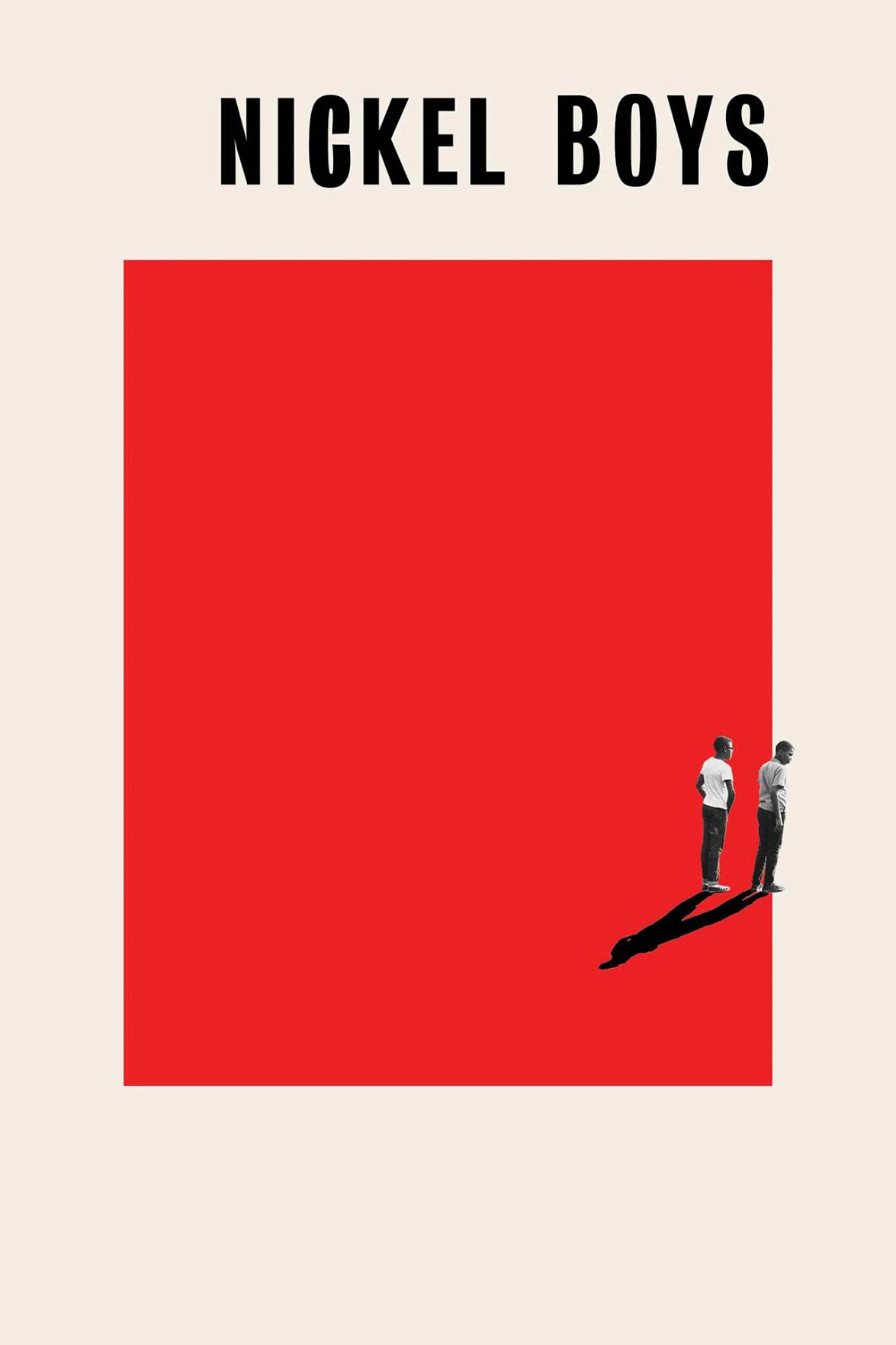Nickel Boys Film Review: The Best Film of the Year

Nickel Boys comes from director RaMell Ross, who was previously nominated for Best Documentary Feature at the Oscars for his debut film Hale County This Morning, This Evening. Now, he’s back with a narrative feature, which has also earned a Best Picture nomination. Not a terrible way to build a career.
What is Nickel Boys About?
This film hit me hard in a way that few others have, and it genuinely hurts that more people haven’t seen it during its [somewhat limited] theatrical release. Adapted from Colson Whitehead‘s novel The Nickel Boys, the film was brought to life by RaMell Ross and Joslyn Barnes, who got an early look at the novel before it was even published. While the events depicted in both the book and the film are not true stories of a “Nickel Academy,” they are inspired by the real-life Dozier School, where horrifying abuse was uncovered—including the discovery of unmarked graves.
Set against the backdrop of the 1960s, Nickel Boys tells the story of Elwood, a young Black boy who ends up at the Nickel Academy after being arrested simply for being in the wrong place at the wrong time while attempting to hitchhike to an HBCU. At the Academy, he forms a bond with another student, Turner, and together, they endure the harsh realities of the school.
How Did They Shoot Nickel Boys?
One of the most striking aspects of the film is its use of first-person POV throughout. Instead of showing Elwood and Turner from a distance in traditional shots, the audience sees every scene through their eyes. While this isn’t an entirely new concept in filmmaking, it’s hard to deny that Nickel Boys executes it better than most. From the very first moments of the film, I found myself chilled, a sensation that stayed with me through much of the runtime.
There’s something almost indescribable about the beauty of this point of view, and much of that comes down to the cinematography from the exceptional Jomo Fray (All Dirt Roads Taste of Salt).
Jomo Fray and RaMell Ross spent around a month experimenting with this POV form, testing various cameras, lenses, and rigs while also trying out new visual and narrative approaches. What they found was that a certain “messiness” worked more convincingly to express the emotional core of the film, rather than relying on perfectly blocked or choreographed shots. This decision enhances the effectiveness of several key moments in the film.
It’s important to recognize that the visuals in Nickel Boys aren’t gimmicky. They don’t feel like they’re trying to show off. The concept of a film shot entirely in this POV style could easily become pretentious or feel like an experimental student film, but what makes Nickel Boys resonate so much more deeply is its intentionality. These visual choices aren’t made simply to impress; they’re vital in conveying the emotional states and cognition of Elwood and Turner.
The Focus and Performances in Nickel Boys
Still, Nickel Boys stands as one of the most beautifully shot films in recent memory. Some of its most remarkable shots are those involving reflection. Characters look into mirrors, see their reflections in bus windows, or, in one of the film’s finest moments, catch a glimpse of their reflection in an old iron as it moves back and forth on the ironing board. Through the camera, we see the character’s psychology, which is revealed in the careful framing and focus of each shot.
Much of the film is shot with an extremely shallow depth of field, meaning only a small portion of the frame is in focus. Nickel Boys uses this to mirror the inner workings of its characters. We can learn so much simply by tracking the focus, and this mastery of focus is largely due to Kali Riley. As the first AC on Nickel Boys, Riley was responsible for pulling focus. She was brought on by Jomo Fray and was given almost no marks – no specific direction on where or when to focus. Instead, she was asked to read and reread the script, get into the characters’ mindset, and approach focusing like a dance. It was about capturing the emotional truth of the moment rather than hitting a predetermined mark. While Riley would occasionally receive notes from RaMell Ross or Jomo Fray, these were rare. Watching the film and seeing how the focus shifts purposefully only makes the work even more remarkable when you understand the freedom Riley was given.
Of course, Nickel Boys isn’t just about its cinematography—it’s a film driven by remarkable performances, both from established stars and emerging talent. While the film’s focus is more on the story and artistry than on individual performances, there are some truly strong ones. Aunjanue Ellis-Taylor, as Elwood’s grandmother, is an absolute standout. The performances of our two leads (Ethan Herisse and Brandon Wilson) may not be flawless at every moment, but one can only imagine how difficult it must be to act directly into the lens, as though it were a person, or to convey such deep emotion while standing behind the camera.

Editing and Archival Footage in Nickel Boys
The editing by Nicholas Monsour is also worth noting, as he brought this almost impossible vision to life with precision and care. The way these shots flow together speaks to a deep understanding of the characters, and Monsour ultimately transforms what could have been a disjointed series of images into a narrative that makes perfect sense.
Nickel Boys also integrates archival footage into its POV perspective—some of it real, some created for the film. This is just one of the many ways RaMell Ross and his team challenge our expectations of what first-person POV can be. It’s not just a literal representation of what the character sees—it can also be symbolic or metaphorical, showing us what matters most to the character, or even their inner thoughts. In this way, the camera acts as a manifestation of the character’s mental and emotional state.
This introspective approach is most evident when Elwood appears to be staring at something in the room. In these moments, we see him deep in thought, but we also see him distancing himself from the present moment—detaching by focusing intently on something other than the people, the conversation, or the events around him. This first-person POV does change in certain moments as we see a character at various points in the future. Without venturing into spoilers, this shift is a brilliant way to portray the character’s evolution, open to several metaphorical interpretations.
What was Nickel Boys Shot On?
A big part of how the team behind Nickel Boys captured these stunning shots is the camera they used. They shot the film on the Sony Venice, which can operate in Rinalto mode, allowing the camera body to detach from the sensor. This makes the camera about the size of a slightly above-average DSLR, allowing the operator to get much closer to the action and giving the actors more freedom to move closer to the camera. At times, they shot handheld, other times they used chest mounts, or helmet cams, or even the “Snorricam”—a chest cam aimed at the operator or actor. On occasion, the actors themselves operated the camera while performing, or they would reach around the operator to get their hands into the frame, depending on the scene’s needs.
Nickel Boys was also shot using fast, f1.4 prototype lenses from Panavision. These lenses allow plenty of light to flood into the frame, which contributes to the super shallow depth of field in many shots. The lenses also offer a softer, almost vintage look, which suits the period without sacrificing technical quality. The primary focal length was 40mm, which helped create space between characters, allowing them to get closer. However, because they mostly shot with an open aperture, they could also narrow the focus when a character needed to zero in on something.
It’s a truly special film. Go see it. Please.
Check out More:




